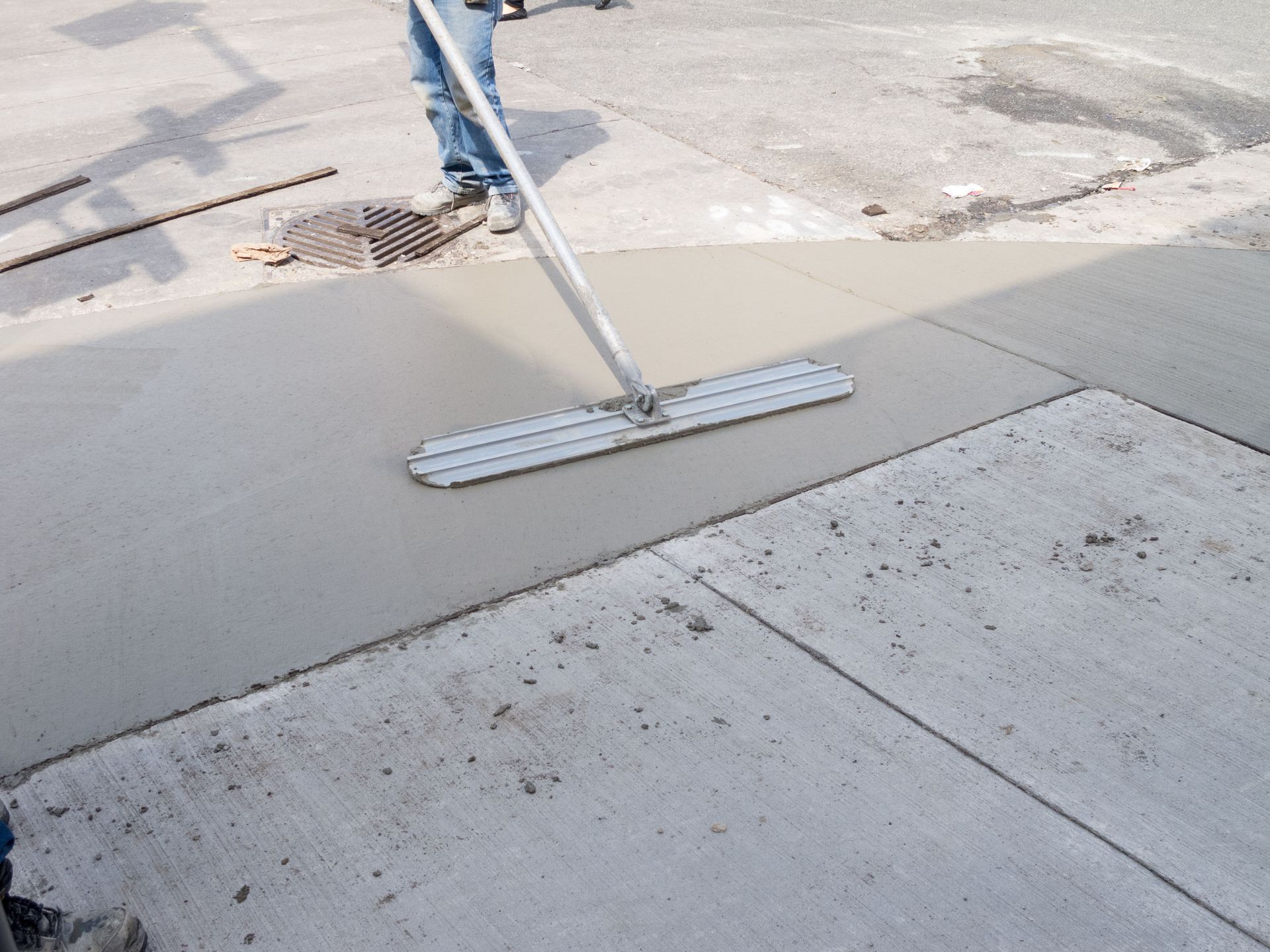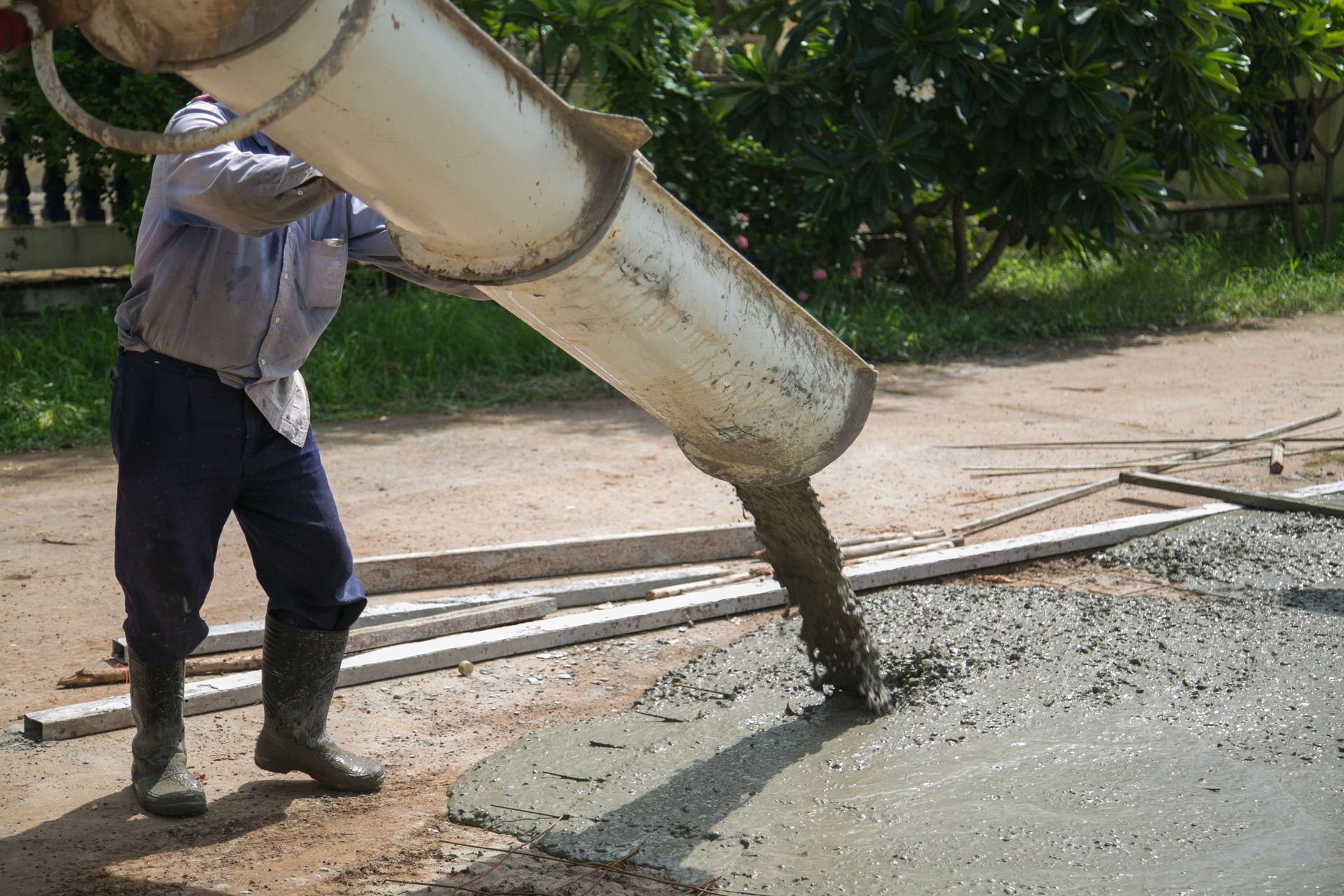Why Commercial Concrete Paving Is Essential for Modern Infrastructure
In today's dynamic and rapidly urbanizing world, the demand for robust and enduring infrastructure is more pressing than ever. Concrete, particularly commercial concrete paving, has emerged as an indispensable cornerstone in the development of modern infrastructure. Its unparalleled durability, thermal efficiency, and eco-friendly attributes make it a favored choice for developers, engineers, and urban planners worldwide. As cities expand vertically and horizontally, the role of concrete paving in facilitating this expansion becomes even more prominent. Its ability to meet large-scale development needs while minimizing long-term maintenance makes it especially valuable in fast-growing regions.
Enhancing Safety and Durability in Public Spaces
Durability and longevity are fundamental prerequisites for any infrastructure project to deliver long-term service value. Commercial concrete paving excels in this regard, offering a lifespan often exceeding several decades with minimal maintenance. Whether it’s highways, runways, or urban landscapes, concrete is renowned for its ability to withstand harsh weather conditions, heavy traffic loads, and environmental wear and tear. As climate challenges continue to pose threats to infrastructure sustainability, the resilience offered by concrete paving is invaluable.
In addition to enduring extreme elements, commercial concrete paving also provides critical safety benefits. Textured concrete surfaces can improve tire grip and reduce skidding, particularly during wet weather. This makes concrete ideal for high-traffic areas like airport runways, intersections, and pedestrian walkways. Its light-reflective properties also enhance visibility at night, contributing to safer roadways and reducing the need for additional lighting infrastructure, which in turn helps cut energy costs for municipalities.
Delivering Economic Value and Local Impact
Economic efficiency is another compelling reason for the widespread adoption of commercial concrete paving. While the initial costs of concrete might be higher compared to other materials, its reduced maintenance requirements and increased longevity provide economic advantages over time. According to The Business Research Company, the ready-mix concrete market size has grown strongly in recent years and will grow from $874.38 billion in 2024 to $942.96 billion in 2025. This growth is indicative of the broader recognition of concrete’s cost-effectiveness and its role in supporting substantial infrastructure projects worldwide.
Additionally, concrete paving supports local economies by using materials that are often sourced nearby, reducing transportation emissions and costs. The labor required for installation and finishing also contributes to regional job creation. These economic ripple effects highlight the multifaceted value of investing in concrete infrastructure, not only from a budgetary standpoint but from a broader economic development perspective.
Advancing Sustainability and Urban Resilience
Environmental considerations are more crucial than ever, and concrete paving offers certain sustainability advantages. Concrete is fundamentally composed of natural materials like limestone, and innovations in its formulation are further enhancing its eco-friendly credentials. Porous concrete surfaces help mitigate urban heat island effects by improving thermal regulation and can reduce water runoff, which helps manage urban flooding risks. Moreover, concrete’s versatility enables the recycling of old materials into new constructions, significantly reducing waste. Its long service life also means fewer replacements, which contributes to a lower overall carbon footprint.
Driving Innovation and Meeting Urban Infrastructure Demands
Innovative advancements in concrete technology continue to elevate the performance standards of commercial concrete paving. Today’s concrete solutions are far more advanced, incorporating materials like supplementary cementitious components that enhance strength, workability, and environmental efficiency. These advancements are not only making concrete more sustainable but also expanding its aesthetic and functional applications. From decorative pavements to high-performance structural projects, modern concrete paves the way for futuristic urban design solutions.
Furthermore, the global scale of urbanization demands resilient and scalable infrastructure solutions, where concrete paving shines as a pivotal component. Urban populations are projected to increase, necessitating expansions in transportation networks, commercial spaces, and residential areas. Concrete paving plays a critical role by providing durable and adaptable solutions that accommodate this rapid growth efficiently. Its versatility supports a wide range of infrastructure needs, making it a quintessential part of urban planning strategies. Concrete’s reliability, combined with innovative installation techniques, allows cities to grow with confidence.
Commercial concrete paving is fundamental to the fabric of modern infrastructure. Its durability, economic efficiency, environmental benefits, and adaptability render it an essential material in catering to urbanization needs. As cities continue to evolve, embracing sustainable and resilient construction solutions like concrete will prove vital in shaping a future that can withstand the environmental and societal challenges ahead. Indeed, as the world builds forward, concrete remains steadfast as a pillar of progress and innovation. Do you need a paving contractor? Call Stapf Concrete Construction Inc to learn more about our services today.



Share On: